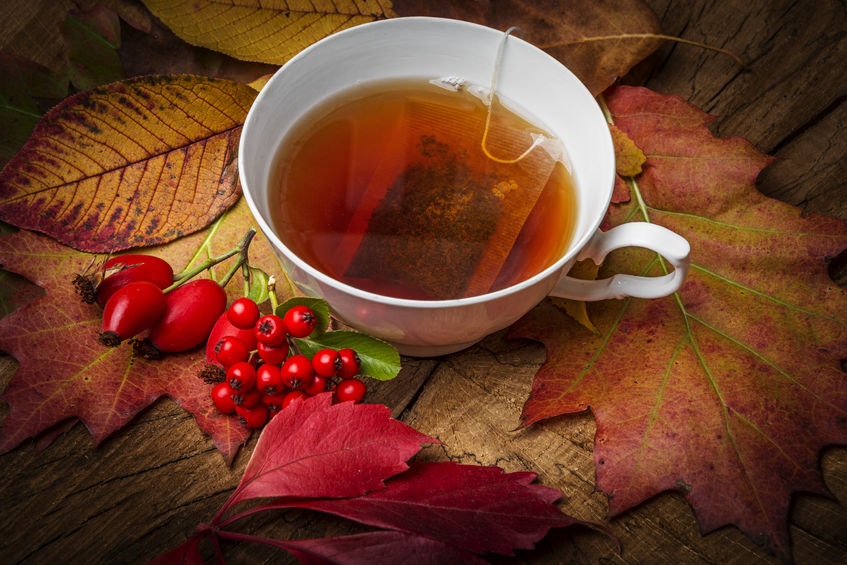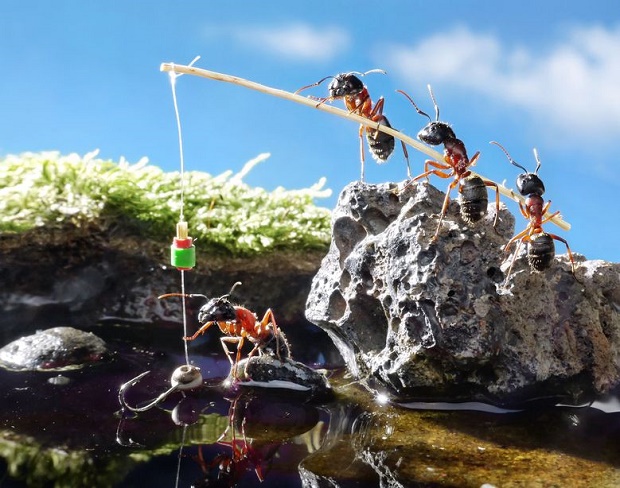
Have you ever wondered how to dye your hair with black tea? Using black tea rather than commercial hair dye to color your hair is cheaper, causes less damage to the hair shaft, and saves your hair and body from exposure to the chemicals that most commercial hair dyes contain. The simple process is significantly safer and cheaper than using hair dye off of drug store shelves or getting your hair professionally colored in a salon.
Steps to Dyeing Hair with Black Tea
Purchase hair dye applicator bottles from any drugstore, which will allow you a little bit more control when deciding where to put the black tea rinse.
Prepare a very strong pot of black tea. Ideally, you should use loose-leaf tea as it is less likely to have added chemicals, but three tea bags will also work. If you’re attempting to cover gray hairs, it is best to prepare the tea with equal parts sage and black tea because sage assists in opening up the hair shaft and enabling the gray hair to accept the color from the black tea rinse.
Bring the tea to a boil and let the pot of tea simmer until much of the water has evaporated, and just four to five ounces of liquid remain.
Strain the tea and place this liquid in the applicator bottle once it has cooled.
Apply the solution to your hair as if it were commercial hair dye, ensuring that the solution is evenly distributed. Leave on hair for at least one hour, and then rinse your hair with cool water in the shower. Do not shampoo your hair for at least 24 hours. If you would like your hair color to be darker after evaluating your results, you can safely repeat this process as many times as desired.
Benefits of Using Black Tea
There are several pros to using black tea rather than standard hair dye. The biggest and most serious reason is that the chemicals in hair dye have been linked to developing non-Hodgkin’s lymphoma and other forms of cancer in women who regularly use hair dye over long periods. Despite this, the FDA does not regulate the chemicals in hair dye, so it may be wise to switch to a more natural form of coloring your hair.
Additionally, if you are disappointed with the color of commercial hair dyes, it is difficult to switch to a different color with chemicals: multiple chemical processes can cause hair to break, and an unpredictable color may result. Using black tea instead leaves your hair in a condition that is at least as good as when you started the process and oftentimes results in more shine and volume from the infusion of nutrients. Likewise, if you want to adjust the color, you can use a stronger tea rinse immediately or start using a weaker rinse in the future so that it’s a little bit closer to your natural color. The color will start to fade in about a week, but this process can be safely repeated as often as desired.
Resources
American Journal of Epidemiology
Personal Hair Dye Use and Risks of Glioma, Meningioma, and Acoustic Neuroma among Adults
http://aje.oxfordjournals.org/
Cancer Causes Control
dyes and risk of glioma among Nebraska women
16:857–64





